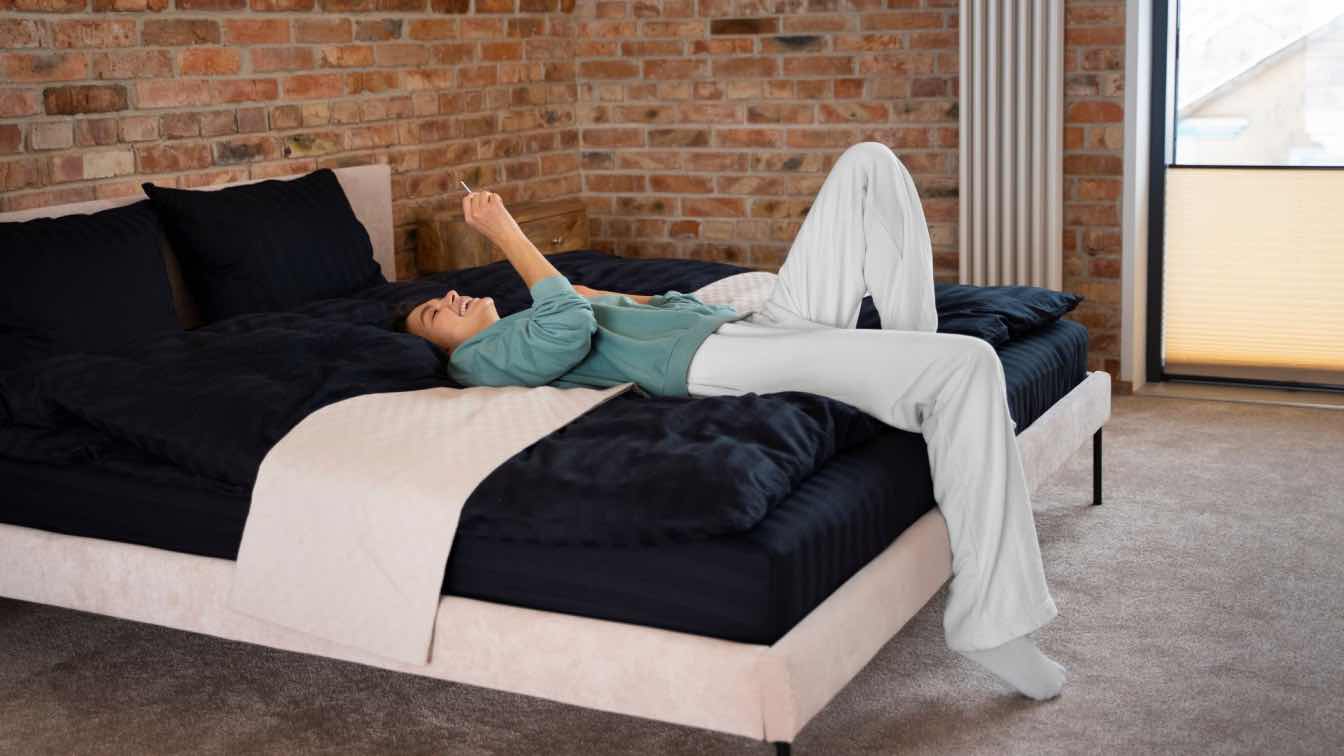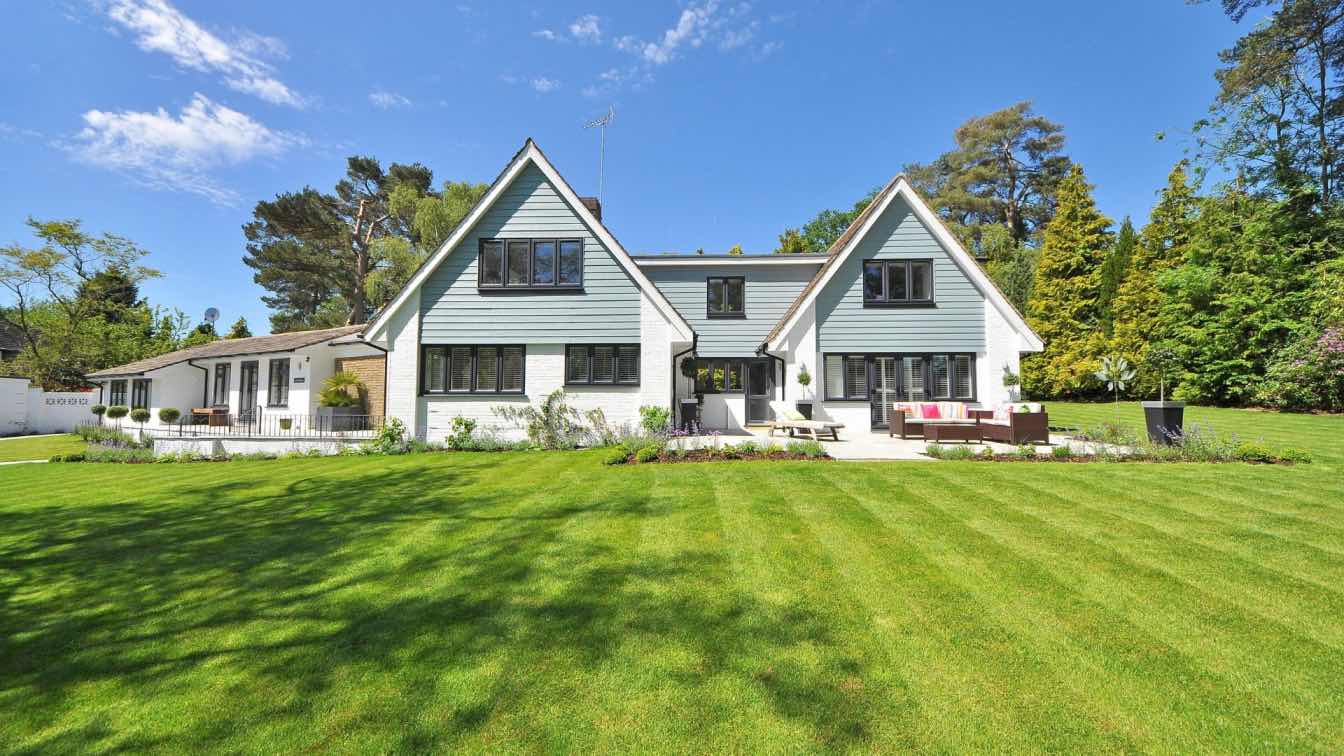Architects are not plumbers – but they need to keep plumbing in mind when designing buildings. Plumbing is an essential part of any inhabitable building and needs to be incorporated into every structure from the outset. Here are some plumbing factors that every architect needs to consider.
Efficiency and Eco friendliness
Energy efficiency is one of the most talked about factors influencing modern architecture. As the world becomes more and more aware of the climate crisis, commissioning parties seek to finance buildings that are less damaging to the earth. Energy efficiency also impacts the utility of a building because it allows occupants and owners to save money in the long run. As the climate worsens and global conflicts harm supply lines energy prices are likely to go up. Water provision is an absolutely massive energy sink. There are several architectural choices that can be made to help a building become more energy efficient. Grey water filters – which enable water drained from bathtubs and washing machines to be reused – are now frequently built into homes. Pipe lining can be installed that greatly reduces the amount of heat bleed from hot water piping. Geothermal heat exchange can be incorporated into a home’s design in order to provide environmentally friendly hot water. Architects need to think about every possible avenue when seeking to make a new building economically and environmentally efficient.
Regulatory Compliance
Every state in the USA has strict plumbing regulations. These regulations are designed to ensure safety and to reduce the amount of wastewater spilled into the environment. In some states, plumbing regulations are put in place to avoid the possibility of excess water usage causing drought. In states like Utah, Nevada and California, water shortages are a real concern for city planners. Water shortages are due to get worse in the next few decades, so expect commissioning customers and city regulators to get very picky indeed about the compliancy of plumbing incorporated into buildings.
Plumbing As A Design Element
Plumbing does not have to be a hidden element! Architects that adhere to industrial design aesthetic ethos’ have a tendency to keep practical elements of a building open to the observer – even using them as trademark design elements. Exposed plumbing can be extremely beautiful. The metals that are used to create high quality plumbing pipes patinate beautifully and can really make a building throb with character. Characterful plumbing can awaken the occupants of a building to the living nature of the structure they inhabit. All structures are moving, fluid creatures. No building is static and some architects have made a point out of keeping that fact obvious.
Pipework Size
Buildings need to be designed with an adequate pipework size in mind. Plumbing constructed using slim pipes tends to get blocked easily and require lots of call outs – which can be expensive for occupants and owners. Incorporate good sized pipework into the design of a building from the outset in order to create an efficient space.
When considering plumbing factors for commercial properties in Las Vegas, hiring a reliable and experienced commercial plumber is of utmost importance. Commercial establishments have unique plumbing needs, often involving more complex systems and higher demands than residential properties. A professional commercial plumber in Las Vegas can handle the installation, repair, and maintenance of large-scale plumbing systems efficiently.





